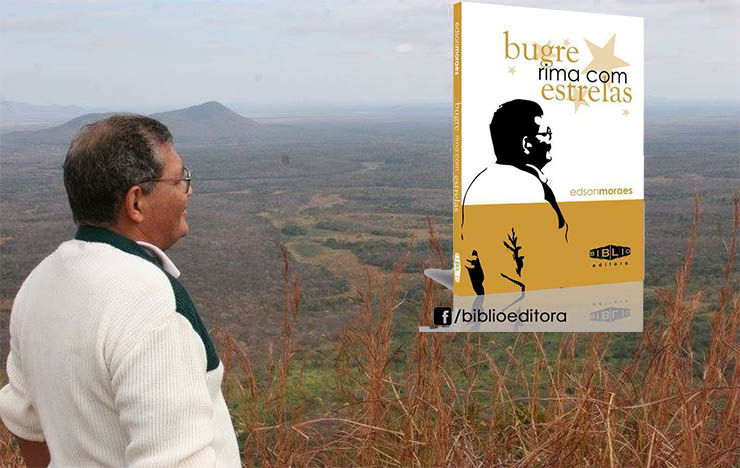Quilombola Remnant Communities and the Tia Eva Community in Campo Grande (MS)
- Jéssica Vitória e Mariana Lopes
- Jan 13, 2023
- 4 min read

General Characteristics
The remaining quilombola communities are ethnic groups made up of individuals who define themselves as descendants of blacks related to the resistance and historical oppression suffered in the face of slavery. These groups use the territory and resources to reproduce traditional practices of their culture.
The titling of land to these communities, organized by Incra (National Institute of Colonization and Agrarian Reform) is a historical reparation and is responsible for guaranteeing the rights of these ethnic groups. To guarantee these rights, the community needs to be recognized by the Palmares Cultural Foundation, which is responsible for promoting public policies and historical reparation and for carrying the memory of the African diaspora (symbol: maximum symbol of the Orixá of Justice and thunder, present in the Afro-Brazilian religions).
"The Brazilian Association of Anthropology (1994) released a document prepared by the Working Group on Rural Black Communities, which refers to the term 'quilombo remnants' no longer as residue or remnant of slave occupation, but rather refers to the group that has developed resistance practices in the maintenance and reproduction of the ways of life characteristic of a given place."
Mato Grosso do Sul
In all, there are 22 communities in our state, distributed in 15 municipalities. There are 17 communities in the rural area and 5 in the urban area. Specifically, in Campo Grande there are 3 quilombos: São João Batista, São Benedito/Tia Eva and Chácara do Buriti. The communities in MS are formed in the post-abolition period (1888) from migratory waves (coming from GO, MG, BA and RJ). In addition to those from outside the state, individuals from the north of MT also came.
It is necessary to remember that after slavery, there is no institution or public policy to support these freed individuals. In other words, where would they live? Where would they get money for survival? Not only that, but what about the individuals who were still kept as slaves? What enforcement policy existed at the time to ensure that the Lei Áurea was being complied with?
1988 Constitution
The current constitution is responsible for guaranteeing gender equality and social rights (such as education, health, and work for all). This constitution is also responsible for the recognition of the quilombolas' rights, such as the right to own their lands. We also need to think that the State is not simply a grantor of rights, by sheer kindness of politicians. The black movement was responsible for demanding these rights, that is, it is something CONQUESTED. Although there is a law that determines these titulations, the process is extremely slow and while the demarcation of territories does not happen, the quilombolas are even more vulnerable, subject to violence.
Cultural Heritage
Since the Constitution of 1988, the quilombola communities were considered Brazil's cultural heritage. This means that the cultural manifestations and practices of these ethnic groups must be preserved. The preservation of this memory is related to the importance of preserving the quilombola culture and making the next generations aware of the importance of their own roots. This is because it is important to know the history of your own ancestry, that is, who were your ancestors and where did they come from? Do you repeat any practices as an inheritance from these individuals? (I, for example, still ask for a blessing and this is a cultural heritage). In Brazil, the creation of museums and memorials about the quilombola culture guarantees the preservation of this memory.
The Tia Eva Community
Eva Maia de Jesus was a slave in the inland region of Goiás - a state that came from the exploitation and decadence of gold mining and that had cattle breeding and agriculture as its economic base. Eva was a slave for the Vilela family, a farm where she worked for a long time - so much so that she had her three daughters there. After so many bad experiences - her own and those she observed - Eva made a promise to Saint Benedict that as long as he helped her to leave the farm and go to Mato Grosso, she would have a place to raise only black people and all of them away from slavery, living independently.
The nickname "Tia Eva" came about after Eva Maia's tasks as a witchdoctor, and it was only at the end of the 19th century, when she was 50 years old, that she obtained her freedom and together with her daughters, son-in-law, grandson, and her partner - in 1905 - arrived in a forest area near the Segredo stream, which was less coveted for its unequal use for cattle raising. Eva managed to regularize the ownership of her land by selling sweets and vegetables produced in the village and sold in Vila de Santo Antonio - what would become Campo Grande.

As Campo Grande grew, the community of Tia Eva or São Sebastião ceased to be a rural community and slowly blended with the urban growth.


Today, the community is close to the Jardim Seminário neighborhood and has electricity supply, asphalt, schools, public transportation, and UBS. All of this has come from the struggles, mobilizations, and resistance of more than 100 years of history.

Source: PLÍNIO DOS SANTOS, 2010, p. 334

São Benedito's Church, a tia Eva's promisse
Translated by Louise Azambuja
BIBLIOGRAFIA:
SANTOS, Carlos Barboza Plínio dos Santos. Fiéis descendentes: Redes-irmandades na pós-abolição entre as comunidades negras rurais sul-matogrossenses. 09/2010 (pág.247 a 250)
Comunidade Quilombola Tia Eva <https://www.comunidadequilombolatiaeva.com.br/localizacao/> Acesso: 17/10/2022



Comments